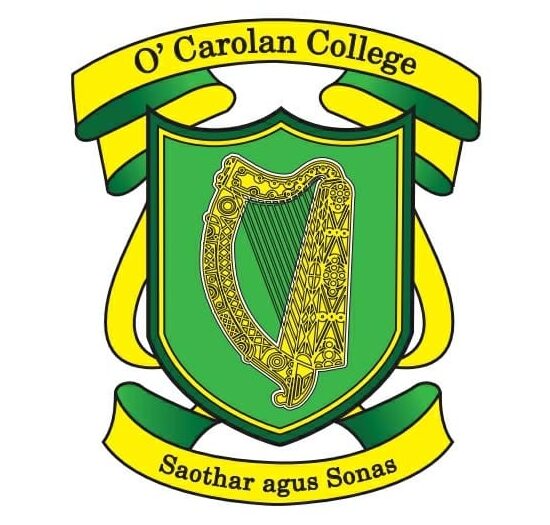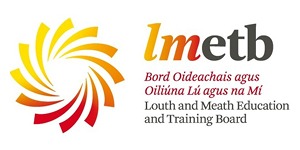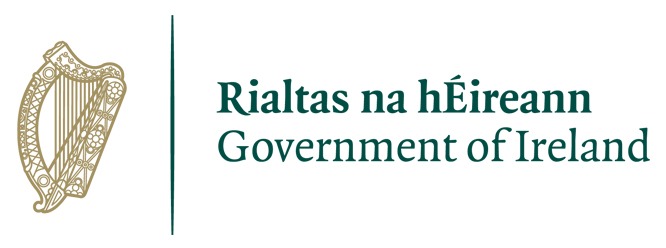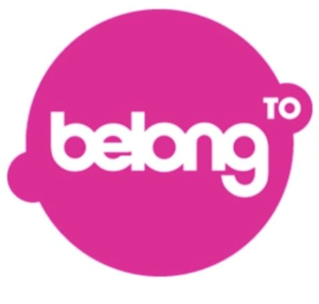Home Economics
Teaching and Learning
Second Years: For the first time Second Years undertook the Creative Textile CBA in Home Economics. They designedand made an item for the home or an individual. The focus is on sustainability and students re-used and borrowedfabrics and material rather than buying them. Items including cushions, draught excluders and aprons were produced.Students showed the progression of their work in a creatively designed scrapbook; many of whom used ICT in itscompletion.
Fifth & Sixth Years: Social and Scientific course is implemented over two years. The Fifth Year students completed allfour of the compulsory Leaving Certificate assignments. They completed a practical cookery class in relation to eachassignment where this year they were challenged to make chocolate soufflés demonstrating the properties of eggsand while investigating low salt diets they cooked a fragrant chicken Thai curry. We then researched diets of elderly andproduced a sumptuous stir fry and finally we studied the old art of making preserves and produced a caramelised redonion chutney. The assignment journals are sent to the Department of Education for marking in November. Sixth Yearstudents studied the Social Studies elective this year.
Department Members:
Helena Tierney, Ellen Vaughan
Department Co-ordinator: Ellen Vaughan
Provision of the subject in the school
Home Economics is taught at Junior Cycle and Senior Cycle. We follow the Department of Education specification for Junior Cycle and the Leaving Certificate syllabus at Senior Cycle Transition Year students have 3 periods per week for a 10-week module. Units of work, consisting of both practical and theory elements, are designed by teachers for Transition Year students. The subject is taught at Higher and Ordinary level at Leaving cert and common level at Junior Cycle. Junior Cycle students have four class periods per week, usually one double of practical work and two single periods. Senior cycle students have two double and one single class periods a week.
Facilities: We have two equipped specialist rooms, one which is used for cookery and the other for textile and craft work.
Planning and Preparation
Department meetings are formally held at the beginning and end of each term. Informally, we discuss department matters daily.
Resources: The textiles and craft room is equipped with twelve sewing machines and textiles equipment for use by students during practical classes. Classrooms are equipped with a teacher computer and projector and the use of ICT in Home Economics lessons is highly promoted. When available, Home Economics students can use the school computer room for individual research and projects. The internet is used for investigating Leaving Certificate assignments and researching designs for creative crafts.
Text Books: Junior Cycle students are using “Eat Plan Live” by Maria Randles and Maria Kennelly and “@ Home” by Eilis Flood. Senior students use “Complete Home Economics 2nd edition” by Laura Healy. Transition Year students use “Now you’re Cooking” recipe and evaluation book by Julie-Anne Behan and Brenda Fallon Hyland.
Common Assessment: All students across each year group are given common Christmas and summer house exams. Assessment is also monitored on students’ conduct, progress and homework on a term basis for Junior Cycle students. Assessment for Leaving Certificate students takes place each month with class tests. These results are reviewed at the end of each month to assess each student’s progress. All students in Fifth Year must complete a mandatory Food Studies Journal which involves research and investigation of various culinary topics. A practical cookery class must then be completed to reinforce the topic investigated. There are four of these assignments to be completed and this year will be submitted on a digital coursework journal. This journal then accounts for 20% of the Leaving Certificate grade in Home Economics.
In-service Professional Development is undertaken during the year. All teachers in the department are members of the ATHE (Association of Teachers of Home Economics). Local and National association meetings were attended this year.
Teaching and Learning
Junior Cycle
1st Year: This year, 1st year students explored many of the learning outcomes of the new Junior Cycle course. They engaged in many activities and projects throughout the year. At the beginning of the year, students developed their knowledge and understanding of nutrition, diet and health principles. They developed their practical cookery skills and prepared a number of dishes including apple crumble, sponge cakes and scones. At Christmas, some students participated in a cake icing class where they made chocolate biscuit cakes and decorated with icing. This was thoroughly enjoyed by all. First Years completed a textiles module where they enjoyed learning to stitch creatively while also appreciating the sustainable use of textiles. Students also showed their creative interior design skills when designing and making their dream bedroom in a shoebox.
2nd Years: Second Years undertook the Creative Textile CBA in Home Economics. They designed and made an item for the home or an individual. The focus is on sustainability and students re-used and borrowed fabrics and materials rather than buying them. Items including cushions, tote bags and teddy-bears were produced. Students showed the progression of their work in a creatively designed scrapbook; many of whom used ICT in its completion. Second Year students further developed their knowledge and understanding of nutrition, diet and health through dietary analysis.
3rd Years: Third year students continued with the theory element of the course. They learned about the food commodities, food spoilage and preservation, the digestive system and developed consumer awareness. They continued to develop awareness of making sustainable food choices throughout the year. They completed CBA 2, Food Literacy Skills Brief. Students were presented with a brief where they had to research a topic and plan a meal to meet set criteria. Students’ chosen menu was then carried forward to the Practical Cookery Exam in March. This exam accounts for 50% of the final grade in Home Economics. There was great creativity and skill displayed by all students who made dishes such as Lasagna, Spaghetti Bolognese, Pizza, Apple Crumble, vegetable soup, Eves Pudding and many more. Well done to all.
Transition Year: In Transition Year, Home Economics focused on the development of various cookery skills, which students will carry forward for later life. Students cooked various sweet and savoury dishes e.g., Spaghetti Bolognese, cookies, muffins, chocolate biscuit cake, stir-fry’s and pizza. This year we put a particular emphasis on looking at sports nutrition to enable our students fuel themselves up before their big games!
Senior Cycle
Fifth and Sixth Years
The Social and Scientific course is implemented over two years. The fifth-year students completed three of the compulsory Leaving Certificate assignments. This year, they researched the challenges of souffle making and all were very successful in producing excellent Chocolate Souffles. Additionally, students investigated the underlying principles of making cupcakes and muffins and enjoyed making Raspberry and White Chocolate muffins during the process. Students also engaged in research on high fibre diets and produced a delicious Chicken and Vegetable Curry and Rice, incorporating lots of fibre to meet the brief. This year, students were challenged to present their assignments on the new digital coursework. The assignment journals, which are worth 20% of the Leaving Cert grade, are sent to the Department of Education for marking in November of sixth year. Sixth Year students studied the Social Studies elective this year.
Assessment:
Homework was given at the end of each lesson. Junior Cycle and Leaving Certificate students normally sit mock exams. Common papers were sat for in house exams at Christmas and summer.
Open Evening
Our kitchen was opened for Open Evening. The room was decorated and lots of samples of craft and textile projects were displayed around the room. Some 1st and 2nd Year students came in on the night and baked some tasty treats for those who visited the kitchen on the night. Cooking demonstrations took place on the night too.
Martry Mill-Trip
Our current 6th year students went on a class trip to Martry Mill in Kells. It was a fantastic day out where students got to observe Ireland’s oldest working mill. Throughout the visit, students learned about the history of the mill and saw the entire process of grinding stoneground wholemeal flour. Students then worked in groups and used the freshly ground flour to bake their own wholemeal bread. It was a close competition to choose the best loaf! To round off the tour, students got to sample the freshly baked bread. This visit was hugely beneficial to the students as the milling of wheat is a key question on the Leaving Certificate syllabus. Many thanks to Martry Mill for facilitating such an excellent tour.
Angus Beef Competition
This year four of our TY students competed in the Angus Beef Competition. Grace Halpenny, Sinead McCluskey, Edel Reilly and Rachael Murphy were successful in the first two stages of the competition, and they were invited to Croke Park on the 1st of March to present their ideas to representatives from Kepak, ABP, Tesco, Teagasc and Bordbia. The students completed their project around the idea of promoting the consumption of red meat among young Irish teenagers. They researched the advantages of consuming red meat during teenage years, and they used this information to promote the consumption of red meat. The girls compared the nutritional merits of red meat to protein shakes which the judges found particularly interesting. The girls will find out in the coming weeks if they will be progressing onto the final stage of the competition where they will be in with a chance of winning five angus cattle to rear over a two-year period. Best of luck girls!







